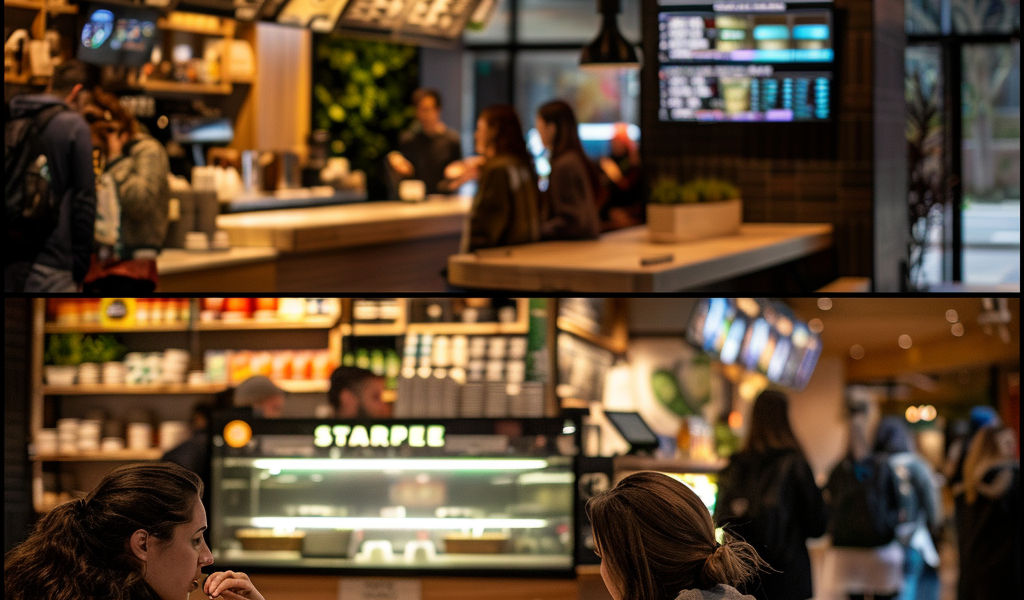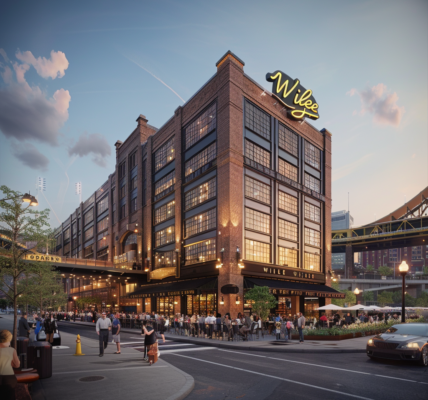Starbucks, once celebrated as the quintessential “third place” for coffee lovers, is undergoing a significant transformation that has shifted its focus from a cozy gathering space to a more fast-paced, takeout-oriented business model. This evolution has sparked discussions about the changing nature of social spaces in today’s retail landscape.
In the late 1990s, Starbucks positioned itself as a welcoming haven between home and work, a place where individuals could relax, socialize, and enjoy a cup of coffee. Under the leadership of Howard Schultz, the brand cultivated an atmosphere characterized by plush seating, soothing jazz music, and the rich aroma of freshly brewed coffee. Schultz famously remarked on the lack of communal spaces in America, stating that Starbucks was created to provide a comfortable environment for people to gather.
Fast forward to today, and the scene at many Starbucks locations has drastically changed. With the rise of mobile ordering and drive-thru services, over 70% of Starbucks sales now come from these channels. This shift has led to a noticeable decline in the number of customers lingering in stores, with many locations resembling takeout counters rather than the inviting cafes they once were.
Michelle Eisen, who began her journey with Starbucks in 2010, recalls a time when her Buffalo, New York, store was bustling with customers during the holidays. It was a place filled with memorable moments, such as first dates and marriage proposals, where baristas formed lasting relationships with patrons. Eisen has since become a leader in Starbucks Workers United, advocating for the rights of employees as the company continues to evolve.
However, the transformation of Starbucks has not come without its challenges. Many long-time customers have expressed disappointment over the removal of comfortable seating in favor of hard wooden stools, and some locations have even eliminated seating altogether in favor of pickup-only models. The personal touch that once defined the Starbucks experience—baristas hand-writing customers’ names on cups—has been replaced by machines that print names, further distancing the brand from its original ethos.
The current CEO of Starbucks, Laxman Narasimhan, has acknowledged this shift, suggesting that the classic definition of a “third place” may no longer apply in the current retail environment. He emphasizes a broader interpretation of what a third place can be, recognizing that consumer behavior is changing.
This transformation reflects a larger trend in the food and beverage industry, where convenience and speed are increasingly prioritized. As consumers seek quick service and efficient experiences, traditional cafes are adapting to meet these demands, often at the expense of the community atmosphere that once thrived.
As Starbucks navigates this new landscape, the question remains: can the company maintain its identity as a community hub while catering to the growing preference for mobile and drive-thru orders? The balance between convenience and connection will be crucial as Starbucks continues to redefine what it means to be a “third place” in the modern world.





